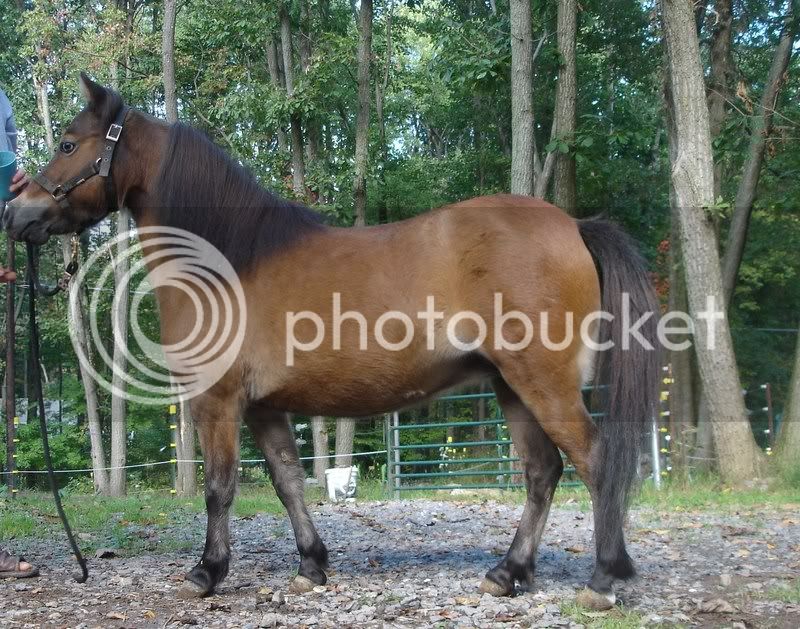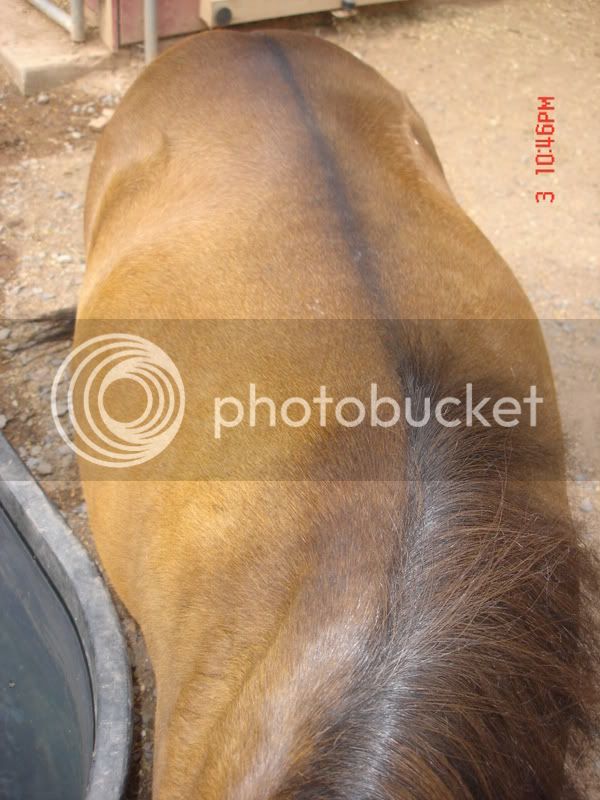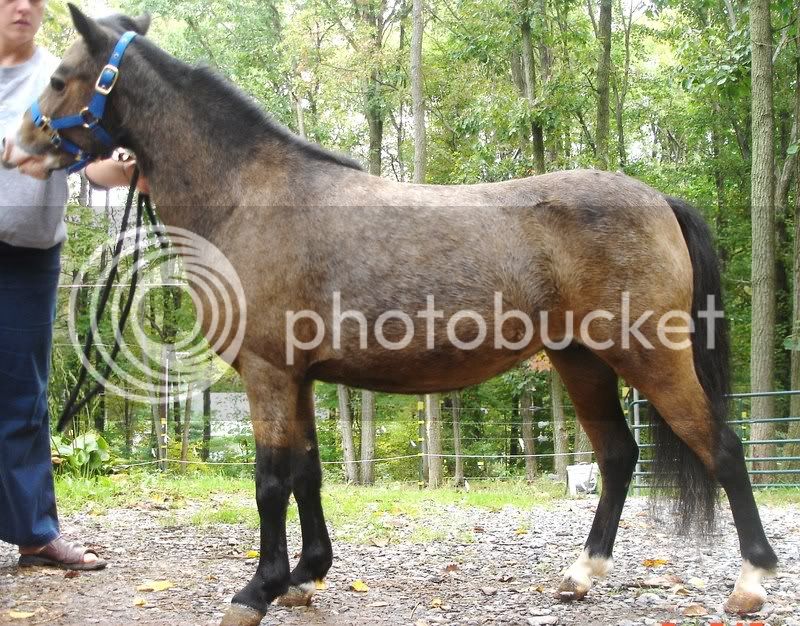countrycharm
Well-Known Member
Was wondering if someone could please give me a simple and easily understandible explanation about this colour, as at out last mini horse meeting a fellow competitor asked
"why do we have chestnut in the solid colour class when it is the biggest dilute out there next to perlino"
I disagree with this comment, so im wondering if someone could please write a few explinations so i can take explain to this person why we have chestnut in the solid colour class.
Hmm unless im wrong and it is a dilute!!!!!!

thanks

"why do we have chestnut in the solid colour class when it is the biggest dilute out there next to perlino"
I disagree with this comment, so im wondering if someone could please write a few explinations so i can take explain to this person why we have chestnut in the solid colour class.
Hmm unless im wrong and it is a dilute!!!!!!
thanks







